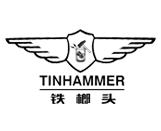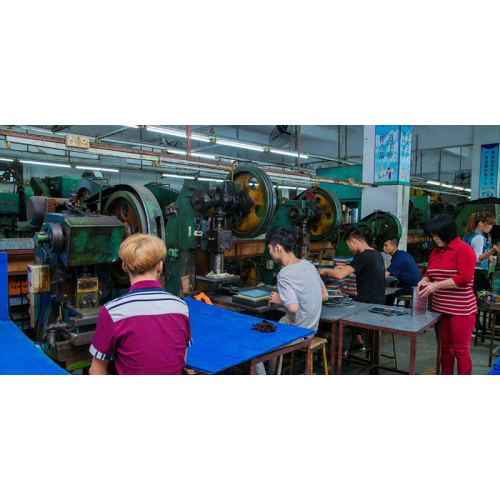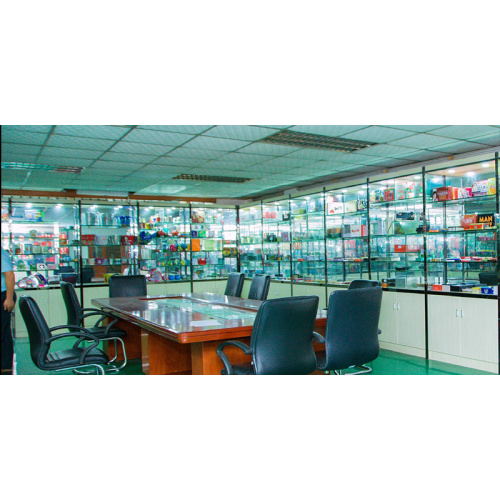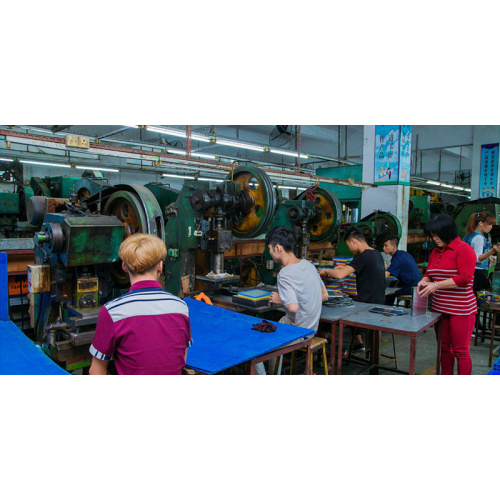China has a large population, relatively insufficient resources and a fragile ecological environment. At present, the mode of economic growth in China has not yet fundamentally changed. Economic growth is still largely dependent on the high consumption of resources. This has led to prominent contradictions in resource constraints, serious environmental pollution, and increased ecological damage. In the first 20 years of the 21st century, China will be at an accelerated stage of industrialization and urbanization and realize the strategic goal of building a well-off society in an all-round way. If we continue to use extensive economic growth, resources will be unsustainable and the environment will be overwhelmed. The circular economy must be advocated to make full and effective use of resources, minimize waste emissions, and achieve sustainable economic and social development.
In 2006, China will enter the “post-transition period”, and the World Packaging Power Congress will enter the packaging industry in China with its capital advantages and high starting point for development and innovation. In this regard, the country should adopt strong countermeasures and should provide forward-looking and feasible incentives to support potential packaging companies. To this end, enterprises in the packaging equipment manufacturing industry must win support from their national policies and must establish their own brands. They must comply with the national economic development trend. After passing away, due to the momentum of production increase in some related industries, it will drive the double growth of domestic demand and export commodities in the metal packaging industry.
Since the reform and opening up, the metal container packaging industry and other five categories of packaging industry development, has now developed into a metal container packaging industry system, including printed metal cans, sealed cans, steel barrels and a variety of caps into the national packaging industry The important ranks have become the industries that mainly provide product packaging supporting services for food, canned food, beverages, oils, chemicals, pharmaceuticals, culture, education, military supplies and cosmetics and other related industries. As the metal packaging is beautifully printed and finely manufactured, it has a long shelf life and is easy to carry. It is particularly suitable for travel, field operations, and the needs of the battlefield, and is well received by consumers.
In vigorously implementing the concept of scientific development and striving to implement the sustainable development strategy proposed by the Central Government, in order to fully expand and strengthen the Chinese packaging industry so that it can achieve sustained, coordinated and stable development, it should implement various policies and measures. In the future of industrial development planning, the research will focus on the relevant situation.
Impact of the metal packaging industry on the environment and resources
Resource-consuming industries
More than 70% of packaging industry products are used once, and they become waste after use. The product life cycle is shorter than that of other industrial products, so it consumes a large amount of resources. As the country has not yet formed a complete set of effective mechanisms for recycling packaging waste and related policy packages, the recycling rate of waste is low and resources are wasted. Taking 2004 as an example, the total output value of the packaging industry exceeded RMB 320 billion, of which RMB 230 billion will become packaging waste. In terms of implementation in the metal packaging industry, according to a survey conducted by the Metals Commission, in recent years, the annual demand for aluminum cans has hovered at 7 billion, and the annual demand for cold-rolled steel barrels is about 60 million. It is at the middle and upper levels of resource consumption that the packaging industry ranks. Metal cans are made of tinplate cold-pressed plates and aluminum plates, which are high-tech packaging materials. In 2004, the metal container industry purchased 1.5 million tons of tinplate, a significant portion of which came from imported plates. Another source of imported tinplate from foreign countries was the tiniest foreign exchange in the country. Due to the large degree of dependence on sheet metal, when the Chinese steel industry lifted the anti-dumping banner in 2003 and 2004 and the sales price of tinplate climbed like an ascending blood pressure column, the industry encountered unprecedented difficulties (from June 2002 to present The price has increased by more than 80%, while the increased costs of the metal can industry have been transferred to downstream industries by less than 20%). Secondly, most of the metal packaging companies are smaller. The low level of industry concentration and the comprehensive tension of kerosene transportation have virtually magnified the domestic energy and resource constraints, exacerbating the operational difficulties of enterprises and the consumption of energy resources. In China, there are approximately 60 companies that consume more than 10,000 tons of tinplate annually, such as the domestic leading company COFCO, which uses 75,000 tons of tinplate, and produces and sells 800 million yuan. According to incomplete statistics, China's annual canned tin cans are about 4 billion. Although there are promising prospects for export and domestic sales, the high price of tinplate has made it difficult for enterprises to continue their business. In general, the current economic growth mode of China's packaging industry is still extensive and resource consumption is relatively high, which is twice the world average, 4.3 times that of the United States and 11.5 times that of Japan.
In 2004, the total output value of the metal container industry was 28 billion yuan, and a total of 1.5 million tons of materials were consumed, including 10 million tons of tinplate and 170,000 tons of aluminum plates; the average output value of each million yuan was 0.54 million tons.
High energy consumption ratio
The energy consumption per unit of GDP in China is four times that of the United States and seven times that of Japan. In terms of metal packaging, the power consumption of iron and aluminum packaging materials (in the same volume container) is O. 70kw/h, aluminum is 3. OOkw/h, energy consumption is much greater than the proportion of other packaging materials. China has a large population and large economic aggregates. If this type of resource consumption does not change, then according to the current rate of economic development, the supply of resources in the world will be further strained. From this perspective, reducing resource consumption per unit of production (X) and transforming the mode of economic growth are not only the need for sustainable economic development, but also the need for a rare strategic period for China's development.
The metal packaging industry is also a major industry for small and medium-sized enterprises and private enterprises. Some common phenomena in some industries such as small scale, low intensive production, low level of repetition, quality structure convergence, price competition, etc.; coupled with unprecedented shortage of kerosene transportation in China in 2003 and 2004, international energy prices, raw materials As prices continue to rise, upstream companies also use this as a reason to implement material price increases; the increased production costs cannot be effectively transferred to downstream industries. The snow cream has caused the industry's people to change their colors and memories. Faced with these tangible and invisible pressures and difficulties, we all pose serious challenges to our original growth mode - from the industrial structure to the product structure, from the environmental and ecological requirements to the upgrading of technology. All of us urgently demand that we make fundamental adjustments. . Under the pressure of the market and under the control of the two invisible giants of energy resources, enterprises forced Liangshan to find a way to transfer pressure and highlight encirclement.
In addition, due to the fact that the production order is not saturated, the company has to consume a lot of energy in vain if the company cannot stop the drying furnace at full load during the three shifts. There is also a disconnect between business management and production tasks, and it also directly wastes energy resources.
Of course, there are disadvantages, companies also take the opportunity to reshuffle, raise the threshold of industry prospects. In order to survive in the cracks, companies adopt the reorganization, merger, and leasing methods according to the operating laws of the market economy, use regional differences, diversify risks, and form high product concentration and industrial scale effects, to the differences, scale, professionalism, and internationalization. High value-added product transition. Some large domestic enterprises such as Hangzhou Zhongliang Meite and Beijing Aoruijin take the grouping and large-scale development model. They either expand rapidly on the basis of regional brands and radiate across the country; or they integrate multiple joint ventures or joint ventures; Or export-oriented, with the "one-stop" development model of design services, OEM processing and overseas markets, a new market structure has been established, and bold attempts and successful explorations have been made for the long-term development of the company.









